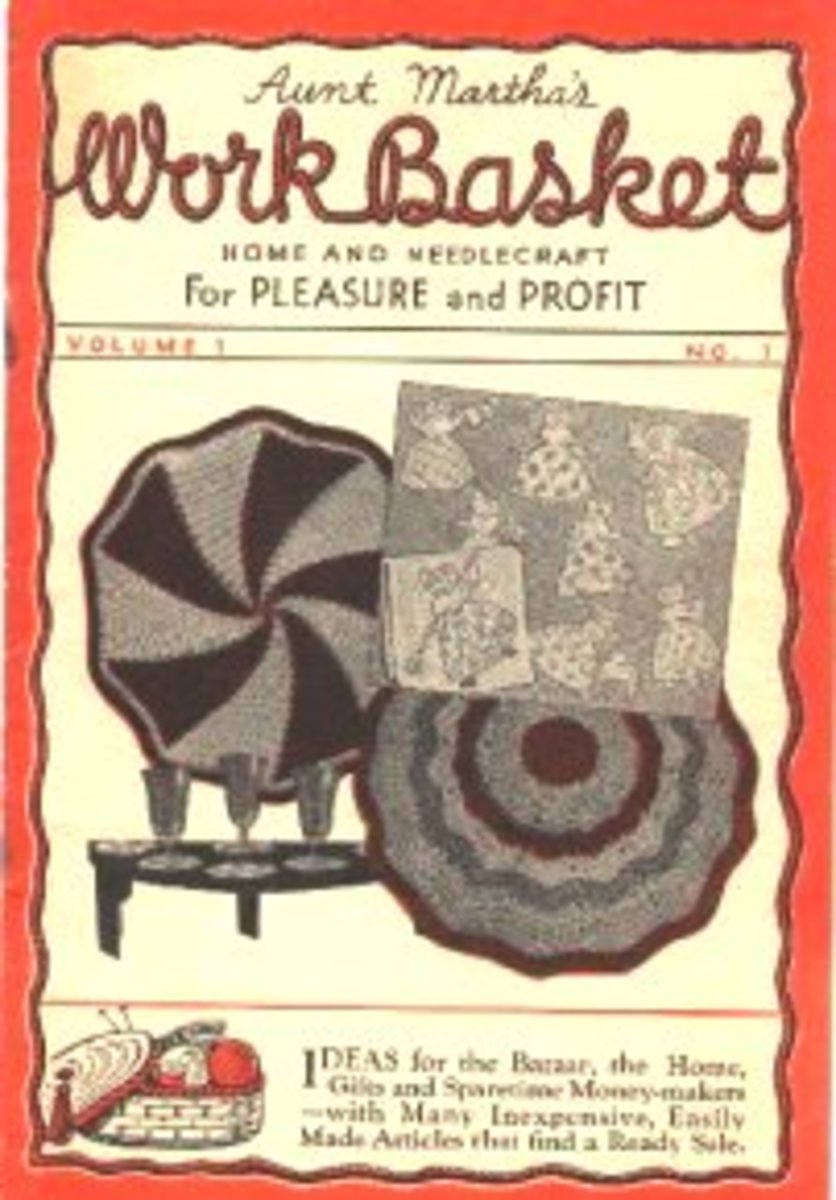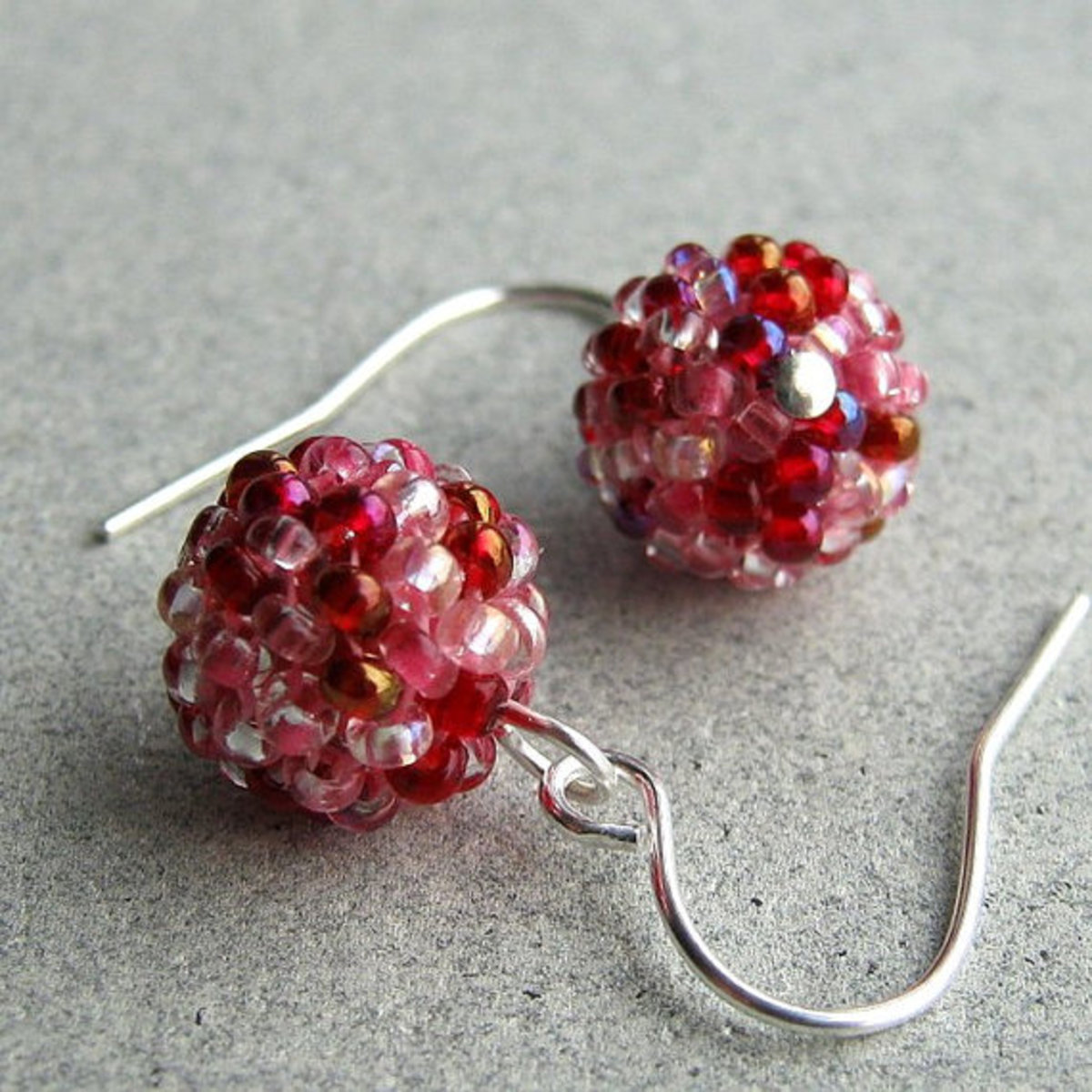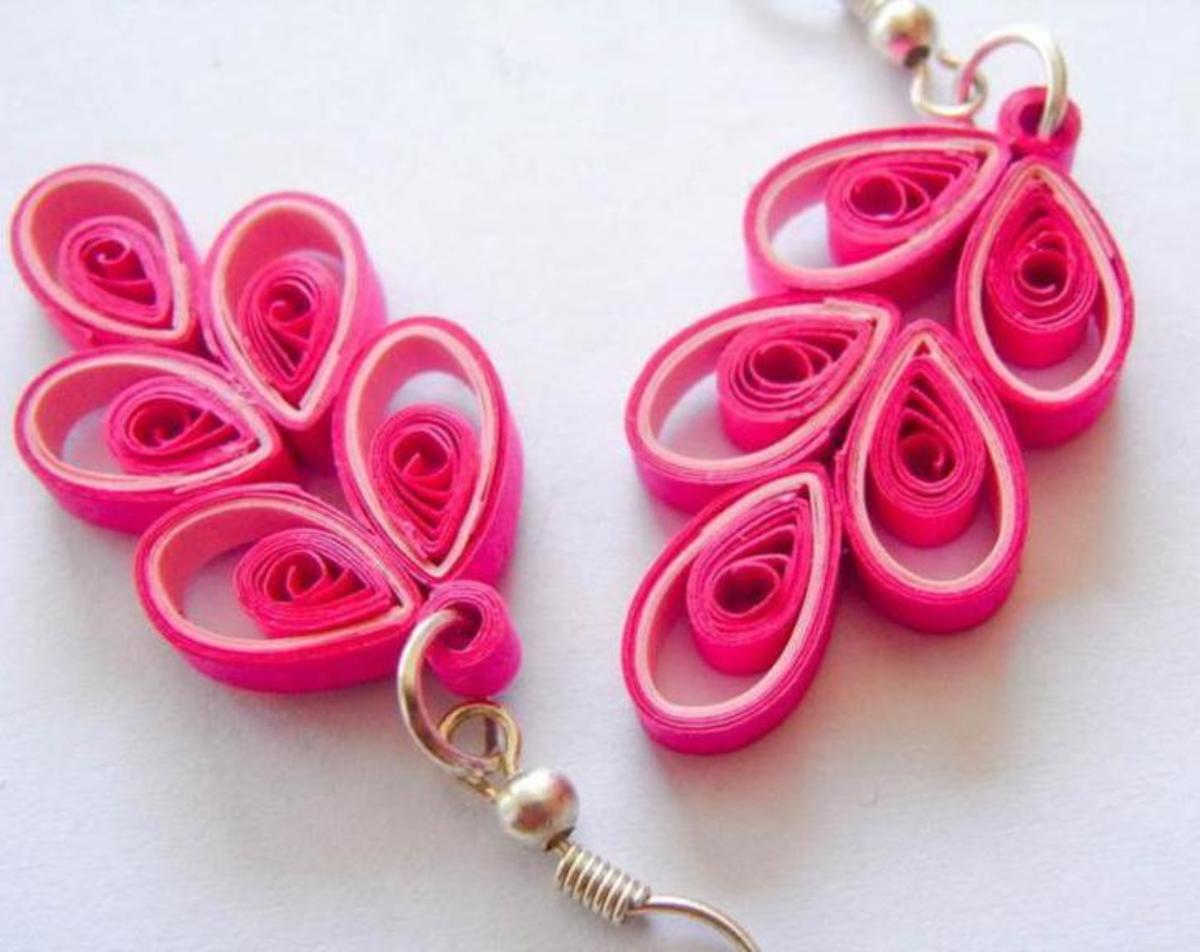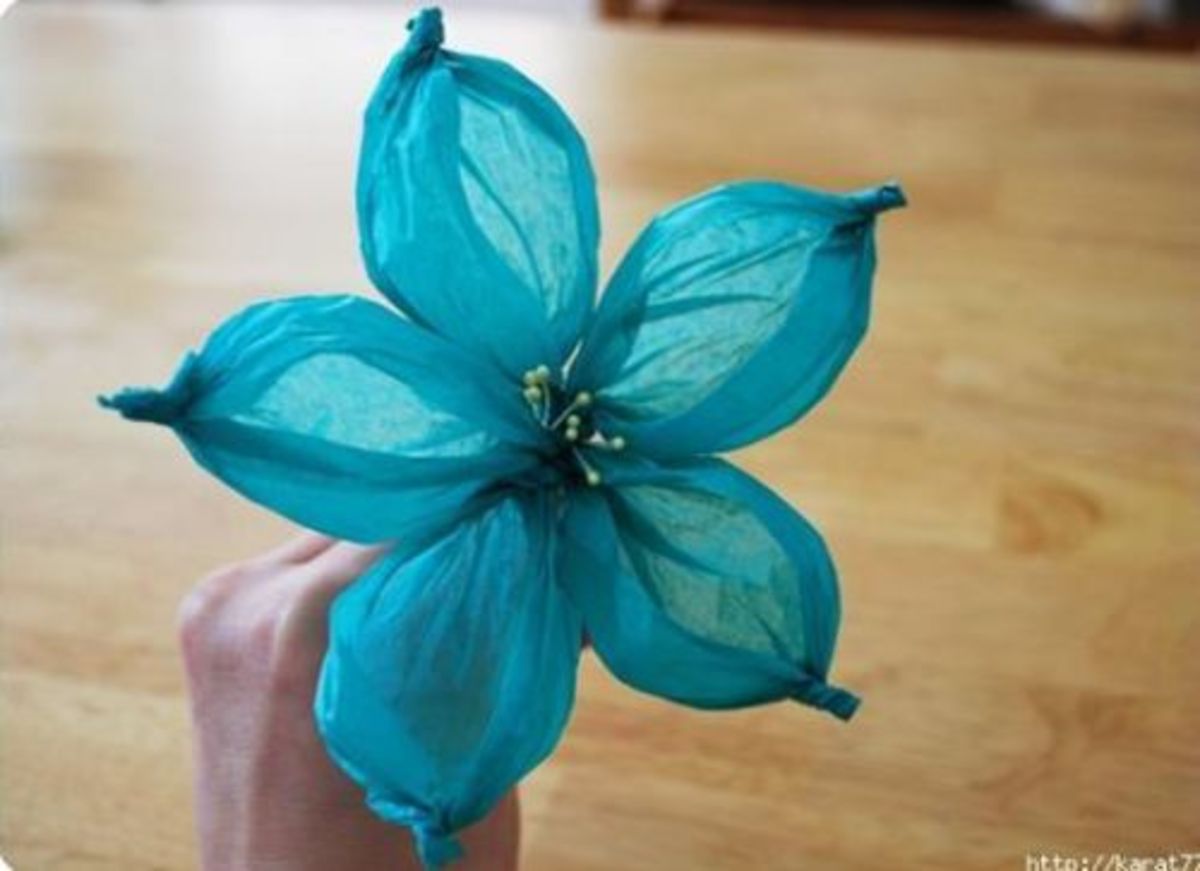The Intricate Art of Filigree
Filigree art has been around for a long time. Likely derived from the Spanish words "filar" which means to spin and "grano" which is the grain or main fiber of a material, filigree is best known for its application in jewelry making. It is an ancient art form that takes pliable material and curls, plaits, twists and solders it into a pleasing form. Unlike much of the mass produced jewelry we have today, true filigree is handcrafted. But filigree is not just jewelry. It is a delicate open pattern using a woven thread design. It has been used in rituals and celebrations and has been adapted along with the times.
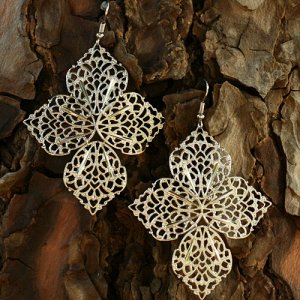
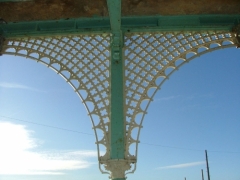



METALS -
The craft of filigree has been traced to several cultures to include Greece, Rome, China, Armenia and India. The filigree artisan would beat pieces of metal such as gold, silver and platinum into elongated wire. They would twist the filament to create subtle and lacy openwork jewelry. The malleable metal would be manipulated and bent into complex figures usually with some basic soldering. Remnants of ancient filigree design can still be enjoyed in museums.
Filigree has been a jewelry standard for centuries. Artisans learned to create complicated and intricate pieces that were both feminine and sturdy. Eventually gems were added and diffferent forms were mastered. Filigree jewelry in the shapes of flowers and leaves appeared. Base metals replaced the gold and silver of old times. Interesting bowls and chalices were layered with filigree and became one-of-a-kind works of art. Filigree lovers appreciate the rich history and importance of filigree art and perpetuate its desirability in modern jewelry.
CLOTH -
The airy open pattern of filigree is demonstrated most efficiently in lace. Bruges, Belgian prides itself in the making of crocheted lace using the filigree hand technique. The lace is woven with gold, silver and silk threads giving it a rich look. In ancient times women made their own baby clothes and wedding dresses using hand embroidered filigree design. Filigree embroidery is still popular in China. Artisans intertwine various complicated patterns onto cloth creating unique work. The Chinese knot pattern has become recognized as the best in filigree embroidery.
Cloth filigree has found its way into not only the fashion world but in home décor as well. It can be found on pillowcases and tablecloths, frames and lamp shades. The fineness of filigree openwork lens elegance to any setting.
PAPER -
Paper filigree is most commonly called "quilling". This form of art is thought to have had its start during the Renaissance where French and Italian monks and nuns would use the gilded paper edges left over from books to create works of art. Later in the 18th century, quilling became a popular pursuit amongst wealthier ladies in Europe and eventually spread to the Americas. Much exquisite work was produced to include hat and jewelry boxes. The paper was twisted and formed in such a way as to be very sturdy.
Paper filigree has experienced a resurgence. Due to the low cost of the material needed for the craft and a renewed interest in handcrafted art, it has become a hobby with many creative indications. Quilling is taught in schools and children seem to enjoy it. Many whimsical patterns are available as well as a variety of specialty paper. It is an easy craft to learn and well worth the effort.
CONSTRUCTION -
The most recognizable example of architectural filigee is in Victorian style houses. These ornate homes would use lacy screens, trims, fringes and brackets to embellish the structure. The decorative "iron lace" design is the hallmark of Victorian construction.
Filigree patterns can also be found in bridges. Bridge supports often have hexagonal open designs. An example of this is the bridge over Bayerstrasse in Munich, Germany. Architects were able to achieve lighter and more delicate structures by using fine-grain steel and filigree patterns.
Filigree construction has become more efficient. A new method of concrete deck construction uses layered factory precast technologies to build both an aesthetically pleasing and phisically solid structure which is usually lower in cost.
TATTOOS -
The intricacies of filigree patterns lend themselves to art of any kind. Tattoo artists tackle this challenge every day creating unique filigree designs on various parts of human bodies. With ink and stain and much attention to detail, the dexterous craftsmen manage to weave a complicated picture. Filigree has gained popularity in tattoo embellishment. Yet filigree tattoos have been around for thousands of years. They were once thought to offer protection and to denote social status.
NATURE -
Once again, art only strives to imitate nature. There are no more beautiful filigree patterns than those offered by the natural world. The master of that world is the spider who builds that wonderous web with patience and skill. The resulting filigree pattern is as near to perfection as anything. Natural filigree can sometimes be seen in unexpected places. It surprises us in the wings of a dragonfly or the fleeting close-up of a snowflake. It soothes in the pattern of a fallen leaf or the view looking up through the trees at the sky. It spirals away from the water bug on a pond or delights us in the sun's reflection on the water.
Several trees and plants have been named after filigree because of their lacy and delicate foliage. One such tree is the Red Filigree Lace Japanese Maple. The European White Birch is also called the Filigree Lace White Birch because of its intricate leaf patterns. Many flowers boast similar filigree characteristics including the Clematis Flora Filigree. Just look around and you will see why so much beautiful jewelry is designed with filigree in mind.
For other similar Hubs, go here - http://hubpages.com/_36otspfnata5l/hub/The-Old-Fashioned-Art-Of-Cameo-Carving
And here - http://hubpages.com/_36otspfnata5l/hub/The-Lost-Art-Of-Tatting

